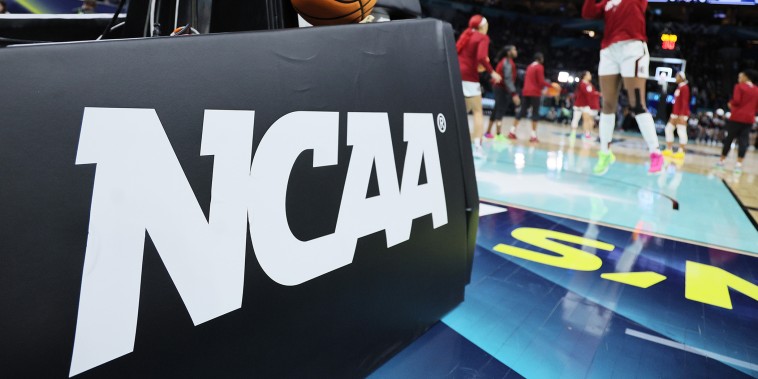In a significant turn of events, a historic settlement is poised to reshape the landscape of college athletics, potentially altering the way student-athletes are compensated by schools. The ramifications of this settlement are far-reaching, impacting not only the NCAA but also the players themselves. This groundbreaking development signals a paradigm shift in the relationship between universities and their student-athletes, challenging the traditional notions of amateurism and equitable treatment within the realm of college sports.
One of the key implications of this settlement is the potential for schools to provide financial compensation directly to student-athletes. Historically, college athletes have not been allowed to receive monetary compensation for their athletic abilities due to NCAA regulations prohibiting amateur athletes from profiting off their name, image, and likeness. However, this settlement represents a significant departure from the status quo, opening the door for schools to pay student-athletes for their contributions to collegiate sports programs.
This shift in policy raises important questions about the fairness and equity of the current system. Student-athletes dedicate countless hours to training, competing, and representing their universities on the field, court, or track. Yet, many of these athletes struggle to make ends meet while navigating the demands of their academic and athletic responsibilities. By allowing schools to compensate student-athletes, this settlement acknowledges the valuable contributions these individuals make to the success and profitability of college sports programs.
Furthermore, this settlement has the potential to level the playing field for student-athletes who come from disadvantaged backgrounds. By providing financial compensation, schools can help alleviate some of the financial burdens faced by student-athletes, allowing them to focus more fully on their academic and athletic pursuits. This could also create greater opportunities for student-athletes to pursue their passions and excel in their chosen sports without having to worry about financial constraints.
The impact of this historic settlement extends beyond the individual student-athletes to the NCAA as a whole. The organization will need to adapt to these new realities, reevaluating its policies and regulations to accommodate the changing landscape of college athletics. As schools begin to pay student-athletes, the NCAA will need to establish guidelines and protocols to ensure fair and equitable compensation for all athletes, while also maintaining the integrity of collegiate sports.
In conclusion, the historic settlement between schools and student-athletes marks a significant moment in the history of college athletics. By allowing schools to compensate student-athletes, this settlement has the potential to transform the way student-athletes are treated and valued within the NCAA. As the implications of this settlement continue to unfold, it is clear that the relationship between universities and student-athletes is entering a new era, one that prioritizes fairness, equity, and the well-being of all individuals involved.

